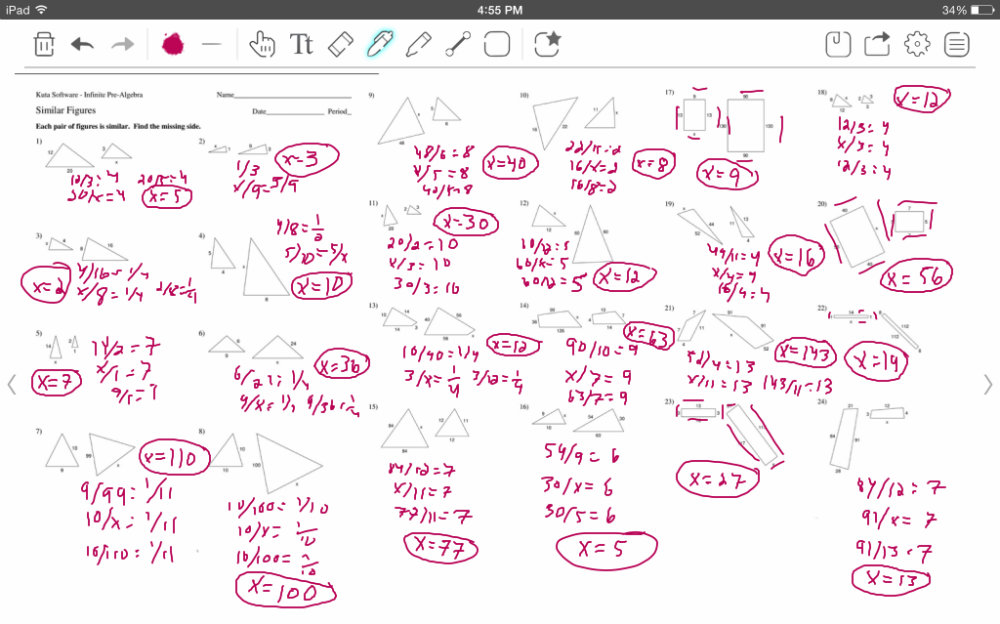Incorporating Tech & Getting the Dishes Done
A MiddleWeb Blog
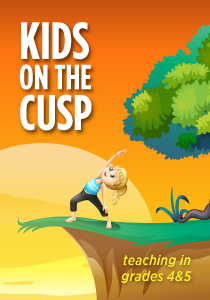 Standing in our kitchen last Thursday night, attempting to unload the dishwasher, I experienced one of those moments when time stands still for a nanosecond and a small “byte” of the world suddenly presents itself.
Standing in our kitchen last Thursday night, attempting to unload the dishwasher, I experienced one of those moments when time stands still for a nanosecond and a small “byte” of the world suddenly presents itself.
These are moments you know will be permanently saved into the files of your personal memory. They are enhancements to the existing circuits already hard-wired into my programming.
A minute before, my focus had been on the pile of dishes that had accumulated in the sink since making dinner. An hour before, the sink had been empty, and the kitchen was “in order.” In a blink, however, the sense of order had been disturbed.
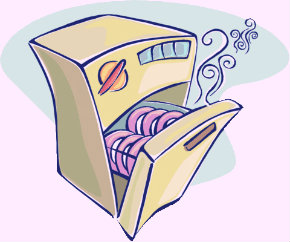 My eyes shifted from the sink to my daughter, a seventh grader, who was casually leaning against the counter (directly in front of the dishwasher). Her iPad was nestled in the crook between her left elbow and wrist. Her right index finger was tapping away at the screen, assuming most of the responsibility for the direction of her current focus.
My eyes shifted from the sink to my daughter, a seventh grader, who was casually leaning against the counter (directly in front of the dishwasher). Her iPad was nestled in the crook between her left elbow and wrist. Her right index finger was tapping away at the screen, assuming most of the responsibility for the direction of her current focus.
“Whatcha’ got there?” I asked.
“Just doin’ my math,” she answered.
The bowls, plates, and spoons in the sink were temporarily forgotten. “Wait. Are you just doing it on the iPad? Do you just email the document to her when you’re done?”
“Nope,” came the matter-of-fact response. “I’ll just show it to her in class tomorrow,”
“Can I check it out? I want to see what it looks like.”
“Let me just finish the problem I’m working on,” she answered, taking a moment to click and tap around before drawing a small oval on the screen, giving it a final tap, and holding the screen out for me to see. The image on the screen stopped me in my tracks.
“Can you email that to me, kiddo?” I asked, my curiosity taking over.
“Sure can,” she smiled.
“Thanks, honey. And can you scootch away from the dishwasher, please? Mom needs to make some room for more dishes.”
Emerging from the Dark Ages
I was born in an age where computers and education didn’t mix. My first memorable experience using a computer for educational purposes was during my junior year of college, in 1987, typing a research paper and being amazed at how strange, yet wonderful, this “new-fangled contraption” was.
Most days, I can laugh at my own technological shortcomings (and how the phrase “new fangled” emerges so easily from my vocabulary), but incorporating technology into my teaching is an ongoing and intimidating process at times. I’m curious. I’m doing my best to learn how it works. It just seems there isn’t enough time to learn how to use it.
I feel like I should know it now…and I don’t. My daughter’s iPad screen was clear evidence of this.
Time for mental tweaks, not an overhaul
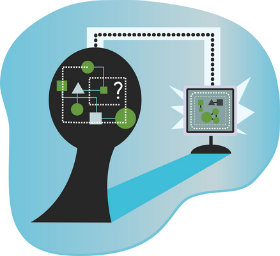 Incorporating technology into my teaching has been an ongoing and, at times, intimidating process. It is also ripe with possibility. In an article posted on MindShift, Katrina Schwartz discusses the possibilities of harnessing the potential of the adolescent brain.
Incorporating technology into my teaching has been an ongoing and, at times, intimidating process. It is also ripe with possibility. In an article posted on MindShift, Katrina Schwartz discusses the possibilities of harnessing the potential of the adolescent brain.
Schwartz, in discussing a different way of looking at the challenging world of adolescents, describes this phase of life as one in which “the recording device is turned up to a different level of sensitivity.” Schwartz explains the differences between the plasticity of the adolescent brain and the more “hard-wired” brain of an adult.
It was comforting to read her observation that “brain plasticity in adulthood involves minor changes to existing circuits.” Minor changes aren’t as overwhelming as overhauling the entire system.
Getting PD piecemeal
The frustration often lies in what a colleague and I refer to as “getting things piecemeal.” Our district has many administrative professionals who are working hard to “give us what we need,” but they don’t have enough money, time, or resources to do it all at once. They have purchased quality kits and programs for Math, Spelling, Balanced Literacy, and the content areas.
At this point, we have enough “new” resources to prepare kids for the world. We don’t need to buy any more “kits” or spend any more money on “new-fangled contraptions.” For now, we need to learn how to use what we already have available to us.
“New-fangled” learning courtesy of the kids
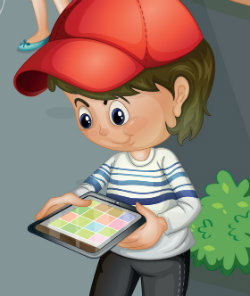 For now, my fourth grade students and my own teenage instructors at home are my best teachers. Their assistance in helping direct where I click is both helpful and humbling. They don’t seem to mind having to teach me. As a matter of fact, they seem to enjoy knowing more than I do!
For now, my fourth grade students and my own teenage instructors at home are my best teachers. Their assistance in helping direct where I click is both helpful and humbling. They don’t seem to mind having to teach me. As a matter of fact, they seem to enjoy knowing more than I do!
That moment in the kitchen is yet another reminder that, as a teacher who first used a computer in her third year of college, I am not entirely equipped for the classroom of the 21st century. But, whether I am or not, I live in it. Technology has become an integral part of our children’s’ learning experience. It is their reality, and it needs to be part of mine, too. (See Kat Blackwell’s The Importance of Teaching Technology to Teachers.)
Fear and self-doubt often follow moments of uncomfortable clarity. Thankfully, something usually distracts me from those nagging afterthoughts. The other night, it was the jumble of images on my seventh grader’s math homework, as well as the dishes in the sink. But my daughter’s iPad screen felt more like a possibility than an adversary. Her final comment before heading up to finish her homework helped ease my mind a bit.
“I still like doing it with pencil and paper though, Mom. I like when it’s right there, in front of me.”
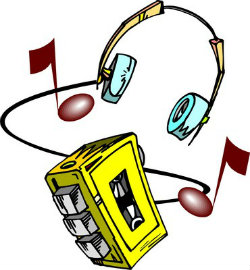 And there’s evidence she’s right. See Lynn Olson’s Impact of Paper-and-Pencil, Online Testing Is Compared.
And there’s evidence she’s right. See Lynn Olson’s Impact of Paper-and-Pencil, Online Testing Is Compared.
I don’t mind doing dishes. As a matter of fact, with the right music on, doing the dishes often helps me relax and reboot. Then I am ready to grab an iPad and start clicking around myself.
New-fangled isn’t bad. It’s just unfamiliar to a girl who used to walk around town, listening to her Walkman, its headphones flattening her Farrah Faucet haircut.
Want some tech ideas to take to school? Try:
► 10 Ways to Use Pandora Internet Radio in Your Classroom from TeachHUB
► 10 Must Have iPad Apps for Students and Teachers by Shanon Woodruff
► iPad Help: 8 Lessons for Beginners by Daniel Nations
► Technology can help states meet learning, leadership goals by Laura Devaney
► 3 computer science policy goals for states by Laura Devaney

